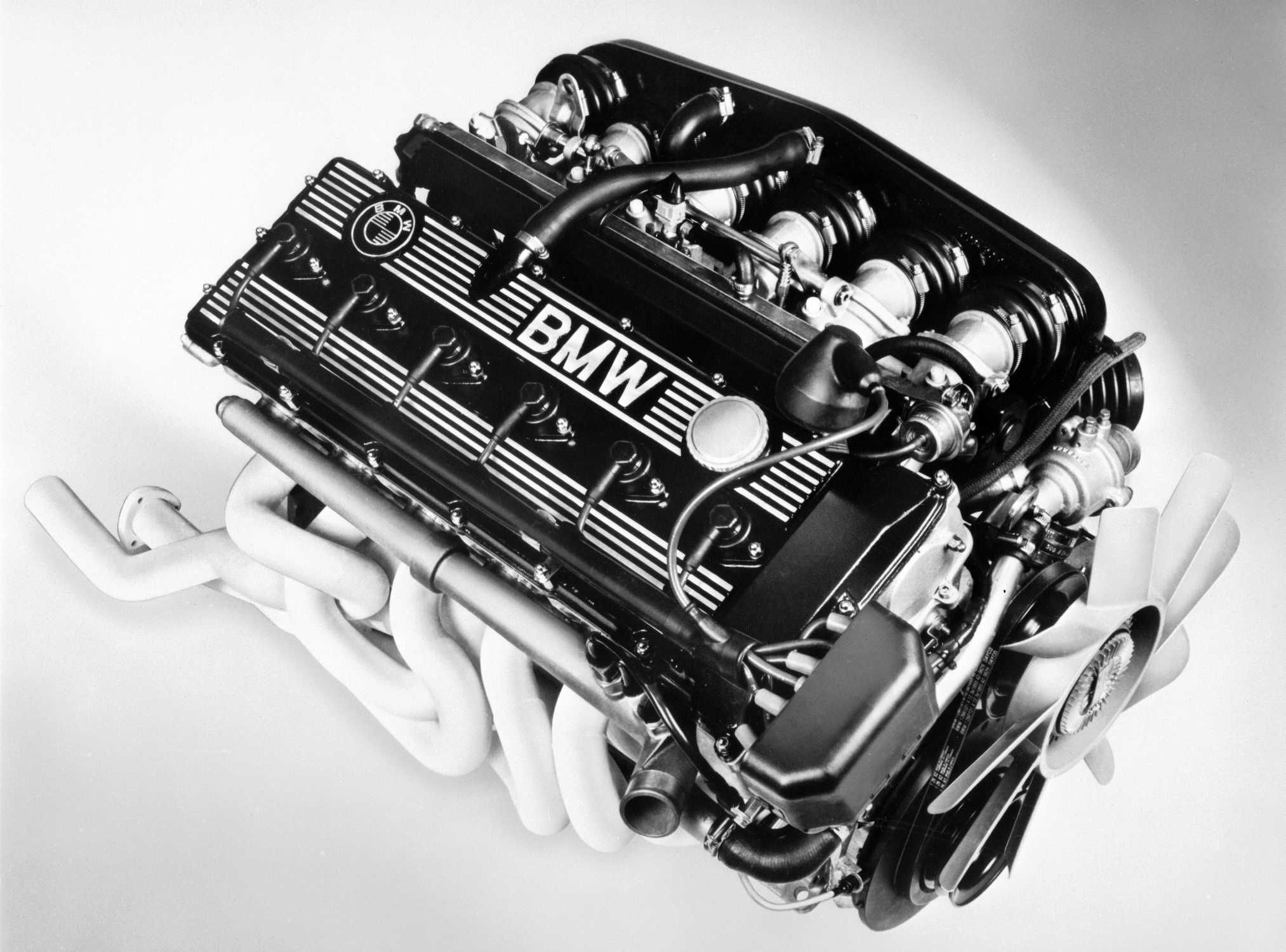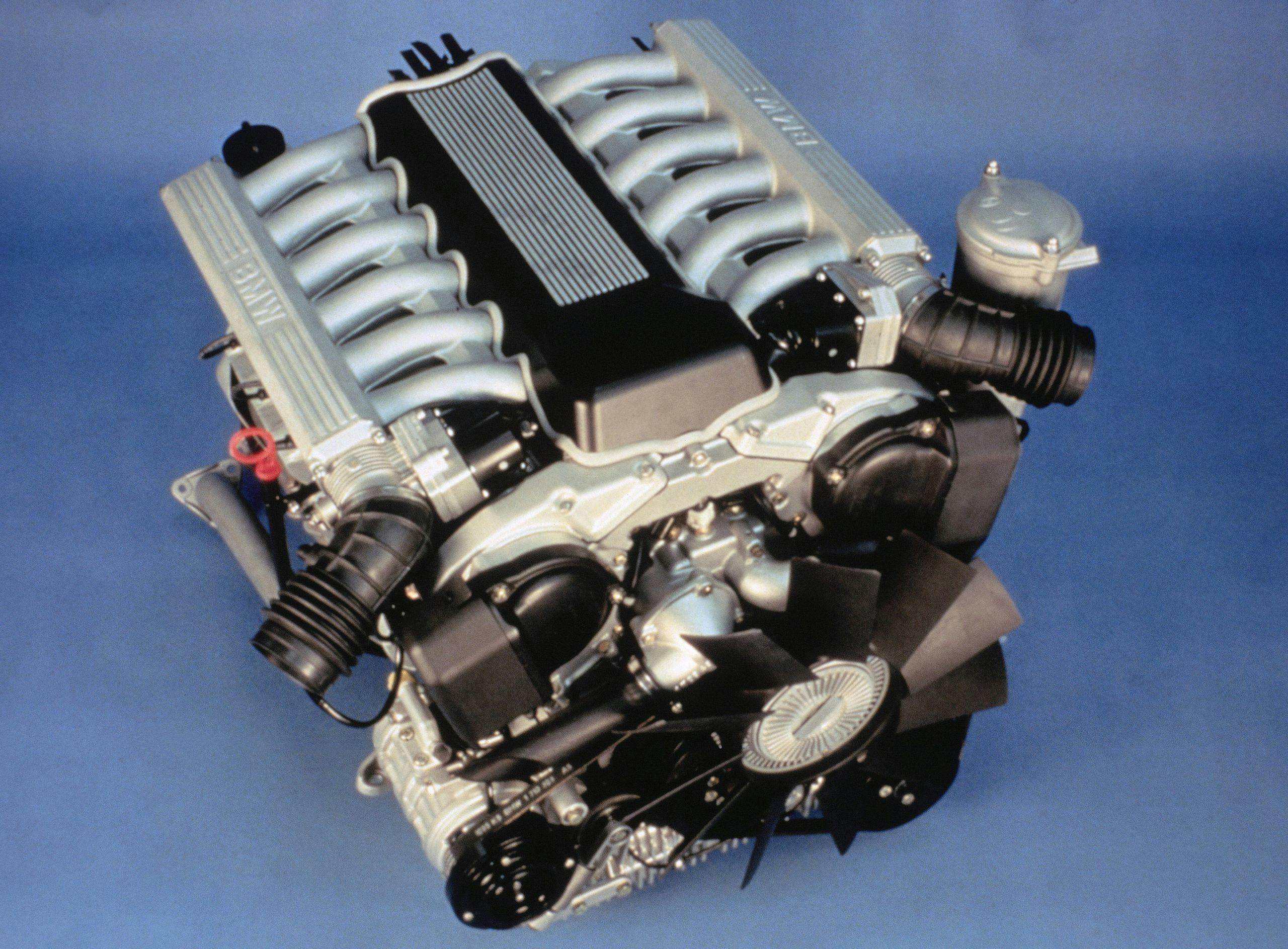The Function of BMW Engine Layout in Achieving Exceptional Fuel Efficiency
The Function of BMW Engine Layout in Achieving Exceptional Fuel Efficiency
Blog Article
Checking Out the Development of Combustion Engines in Modern Transportation Equipments
As we navigate the landscape of modern transportation, the evolution of combustion engines stands as a testament to human ingenuity and design expertise. From their modest starts to the sophisticated powerhouses pushing automobiles today, combustion engines have undergone an amazing journey of development and adaptation. Understanding the details of this evolution not just clarifies the past yet likewise leads the way for envisioning what exists in advance in the world of transport innovation. The interplay of background, modern technology, and ecological issues fit the trajectory of burning engines develops a narrative that is both insightful and compelling.
Early Beginnings of Combustion Engines
Just how did the concept of combustion engines initial emerge in the very early stages of transport growth? The roots of burning engines can be mapped back to the 17th century when the principles of interior combustion were first discovered.
The development minute came with the development of the first successful gasoline-powered engine by Karl Benz in 1885 - bmw engine. This engine led the means for the development of the modern car, changing transportation systems worldwide. Subsequent technologies by Nikolaus Otto and Gottlieb Daimler even more fine-tuned burning engine modern technology, resulting in the mass manufacturing of automobiles and the fast development of the transport industry
These early combustion engines were characterized by their simplicity and efficiency, laying the structure for the facility and effective engines made use of in modern-day transport systems. The development of combustion engines has contributed in shaping the way we travel and transport goods, marking a significant landmark in the background of transport advancement.
Shift to Internal Burning Modern Technology
The shift to internal combustion modern technology noted an essential shift in the evolution of transport systems. This shift began in the late 19th century, with developers like Nikolaus Otto and Gottlieb Daimler creating the very first successful inner burning engines. These engines transformed transportation by supplying a much more effective and effective alternative to steam engines and electrical motors.
One of the crucial benefits of inner combustion engines was their capability to be scaled down to fit right into automobiles, leading to the development of automobiles and bikes. This shift from large, stationary engines to portable, mobile ones paved the way for the contemporary transportation systems we see today.
The shift to internal burning technology additionally spurred advancements in fuel technology, causing the development of fuel and diesel as primary gas resources for cars. This change not only made transport more obtainable to the masses yet likewise laid the structure for the oil and gas industry to end up being integral to worldwide economic situations.
Impact of Combustion Engines on Transport
The adoption of combustion engines in transport systems catalyzed a profound shift in the performance and rate of global movement. Burning engines revolutionized transport by giving a reputable and functional resource of power for numerous vehicles, including automobiles, ships, planes, and trucks. This development substantially enhanced the capability for items and individuals to conform fars away in much shorter timespan, resulting in boosted connectivity between regions and nations.
Furthermore, the widespread use combustion engines has actually had a substantial influence on financial growth. The capability to deliver items successfully has actually stimulated profession and business, enabling services to broaden their markets and reach consumers worldwide. This has facilitated economic development and globalization, as products can now be carried faster and in bigger quantities than in the past.
Nonetheless, the Check This Out ecological effect of combustion engines can not be overlooked. The burning of fossil gas has actually resulted in air pollution and greenhouse gas exhausts, adding to environment change and posing wellness dangers to populations. bmw engine. Consequently, there is an expanding emphasis on developing different propulsion innovations to mitigate these adverse results and create an extra lasting future for transportation
Innovations in Burning Engine Style
One notable innovation is the advancement of turbocharged engines, which use exhaust gases to drive a turbine that compresses incoming air, permitting for more fuel to be scorched, resulting in boosted power outcome without a significant increase in engine dimension. Variable shutoff timing systems have actually likewise transformed engine style by optimizing airflow at various engine rates, improving both power and efficiency. These technologies collectively contribute to the continual renovation of combustion engines in modern transportation systems.
Future Fads in Burning Engine Development
With technology advancements driving continuous innovation, the future of burning engine advancement is poised to change transport systems worldwide. One of the crucial patterns in burning engine advancement is the push towards better effectiveness and reduced exhausts. Producers are investing greatly in r & d to enhance engine efficiency while satisfying stringent ecological policies. This includes the combination of advanced gas injection systems, enhanced turbocharging methods, and using lightweight materials to maximize fuel intake and reduce carbon discharges.
An additional prominent pattern is the fostering of crossbreed technologies in combustion engines. Crossbreed engines combine standard burning technology with electric power, providing boosted gas efficiency and lower discharges. As the vehicle sector shifts towards electrification, crossbreed burning engines are seen as a transitional remedy that bridges the gap between traditional lorries and totally electric ones.
Furthermore, the combination of smart modern technologies, such as fabricated knowledge and data analytics, is expected to play a considerable duty in the future of burning engine growth. These technologies can optimize engine performance in real-time, leading to more efficient combustion processes and enhanced overall vehicle performance. Welcoming these future fads index will certainly not just drive technology in burning engine advancement but also contribute to a more eco friendly and sustainable transportation community.

Conclusion
In final thought, the evolution of burning engines in contemporary transportation systems has been noted by considerable advancements in modern technology and layout. From the early beginnings of burning engines to the shift to internal burning innovation, these engines have had a profound effect on transportation.
The origins of combustion engines can be mapped back to the 17th century when the concepts of internal burning were very first explored. These engines changed transportation by using a much more efficient and effective option to vapor engines and electric motors.

Report this page